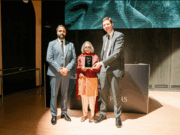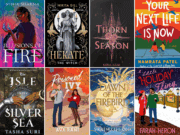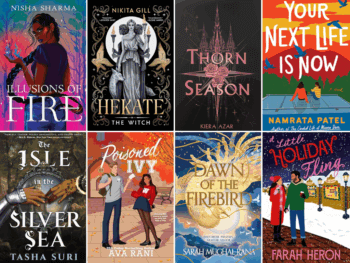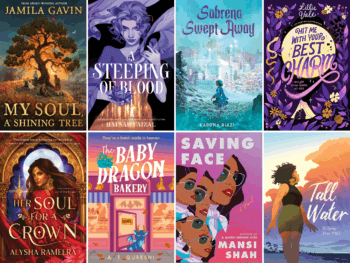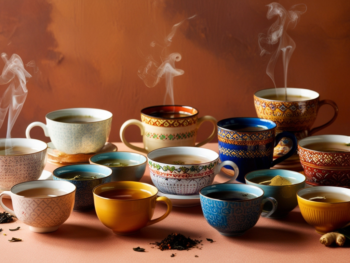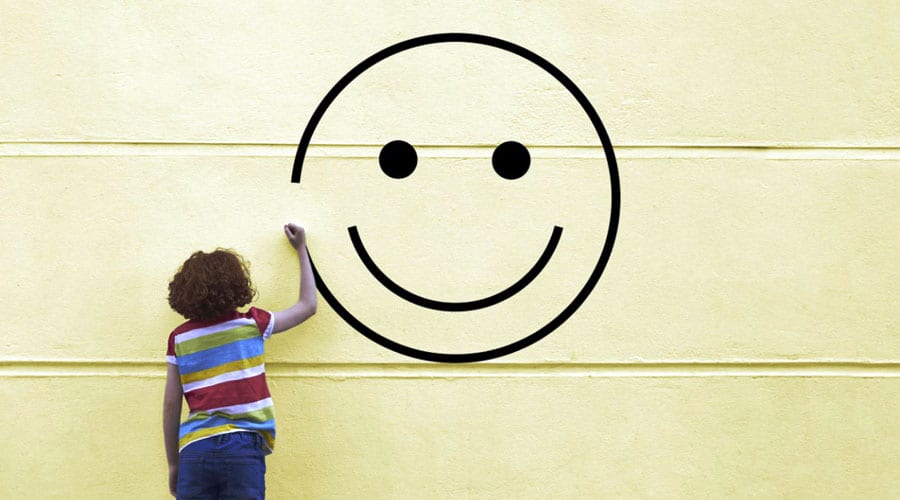
Even The Dalai Lama Approves! Joy On Demand Reveals How You Can Find Your Resiliency Through Meditation
Lifestyle Jun 13, 2019
A book that issues a warning that “side effects may include radically reduced suffering, persistent signs of resiliency and previously unimaginable success” has risks we want to take. Read on for our favourite tips from the famous book Joy on Demand by Chade-Meng Tan. Joy On Demand Reveals How You Can Find Your Resiliency Through Meditation
Why should you read the book “Joy on Demand”?
Because the large majority of us (some would arguable say all human beings) enjoy being in and want to live our lives in a state happiness. Published in 2016, in under 300 pages, the book written by Tan, the co-founder of Google’s Search Inside Yourself Leadership Institute shares thought-provoking insight on the difference between joy and happiness and the benefits of meditation. The book is another prime example of ancient South Asian meditation practices resonating with modern-day audiences as a positive action that can be taken to strengthen the mind and body while enhancing our ability to channel creativity, clarity and compassion.
With his work receiving rave reviews from a wide-range of leaders including His Holiness the Dalai Lama, Tan’s writing is clear, practical and recommended for anyone curious on strengthening their ability to discover happiness within themselves.
The book is a clear, concise read that integrates theory on mindfulness, meditation, joy and happiness while providing practical tips on how to action them all in our lives. The only challenge we have with this book is how to choose our favourite parts from the overall fantastic read!

In hopes to help you feel inspired to read the book and experience Joy on Demand for yourself, we’re sharing some of what we consider are its super-star points:
There’s a difference between joy and happiness: As explained by Tan, joy is a pleasurable feeling (an emotion) while happiness is an optimal state of being (mind-set). A happy life consists of several joyful moments that lead to a healthy mental state.
Joy leads to happiness, happiness leads to success. Positive psychology helps demonstrate that happy people are more successful (personally and professionally). Why? We can create a lot of chaos trying to chase success. It’s easy to let our egos drive us which makes us attach happiness to successful outcomes (e.g. I’ll be happy when I can let the next probing relative know I successfully got into medical school, I’ll be happy when we are successful at buying a new home). The more we recognize happiness involves cultivating moments of joy and peace, we become less attached to outcomes and more resilient during the pull of the competitive, materialistic world we are exposed to.
We can increase our awareness to recognize true joy: In the digital world we navigate joy seems at our fingertips at all times; through social messaging platforms, online shopping, memes and more. We love a good meme but an issue with this type of joy is that it makes us feel as though we are in control because we own the technology (not convinced? Think of a time you felt or saw panic at the first moment of internet access going down, did you feel a lack of control then?).
Joy and pain can co-exist: Just because we are experiencing pain, does not mean we cannot access joy. Giving birth for example could be a time of immense physical pain for a mother that is also a joyful experience. Another example would be getting diagnosed with an illness (e.g. cancer; as painful as getting diagnosed is, there may be joy in learning its treatable and/or joy in a strengthened appreciation for life).

Meditation can create joyful moments: How? In Tan’s definition of meditation, he describe it as a training of the mind…when we train the mind to be still, clear and focused on the present moment it becomes easier to access joy even in times of difficulty.
Tan encourages us to cultivate joy on demand through meditative actions (e.g. bringing our attention to breathe, doing a seated meditation practice, etc.) Tan provides several practices throughout the book that readers can try. Our favorite elements of joy are that it’s infinite (there’s no way to run out), we can bring it into practice at any time by focusing on it and we don’t need to spend big bucks to experience it!
We can take action to invite more joy into our lives: Gratitude leads to feelings of joy and the more we consciously practice giving thanks, the easier it becomes to be grateful. A brief practice at the start of the day can involve a few deep breathes and giving thanks to your body for carrying you through another day. Another practice is writing in a gratitude journal at the end of the day (or keeping a log in your phone) where you list three things you are grateful for; research demonstrates the more we practice gratitude, the more we can shift our consciousness to experience joy.
Main Image Photo Credit: www.fortune.com
Rachna Sethi
Author
Rachna (@thesassyspiritual) is a graduate of the Applied Mindfulness Meditation program from the University of Toronto, a certified Educator with two bachelor degrees and a diploma in Art Therapy. She's dedicated to living with a compassionate approach. Committed to helping people integrate Mindfuln...









